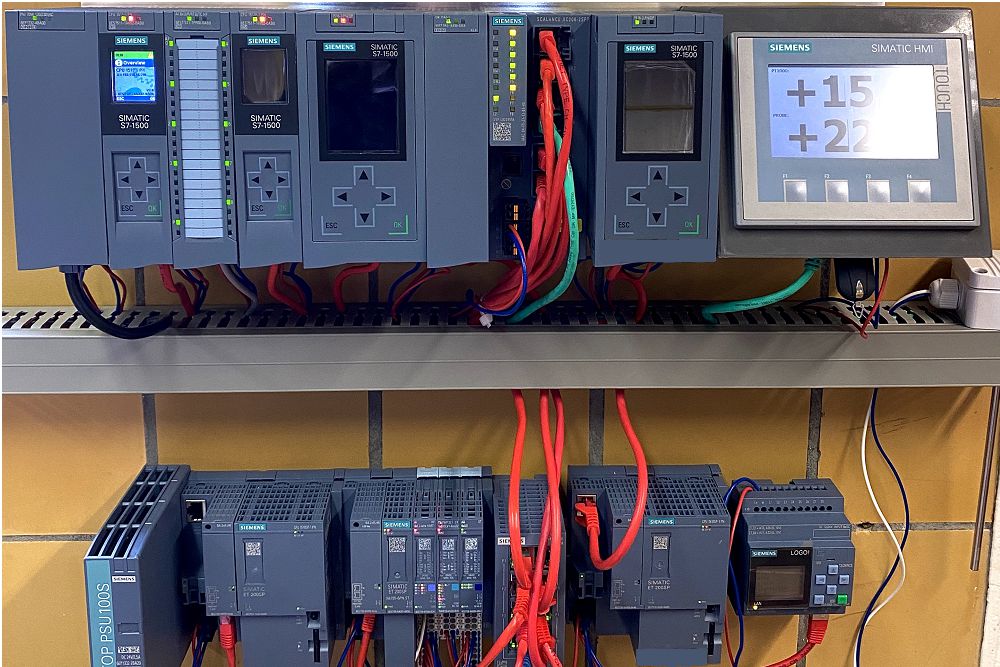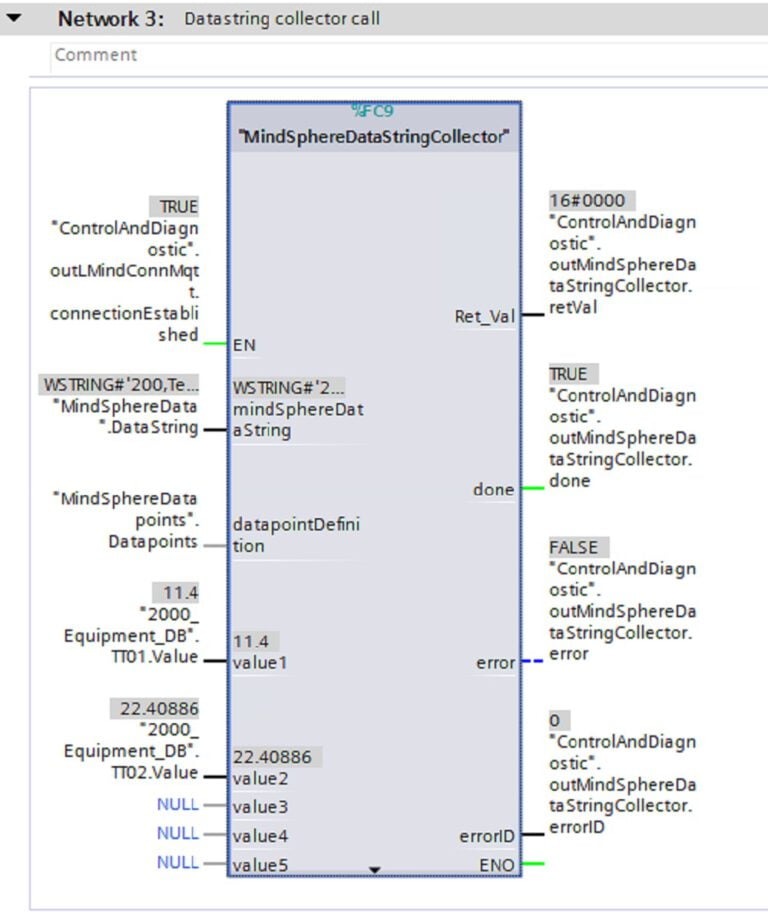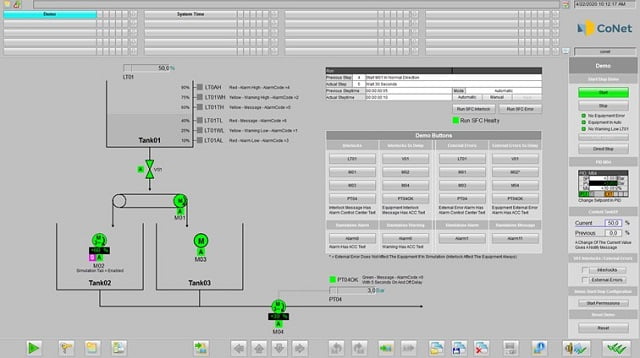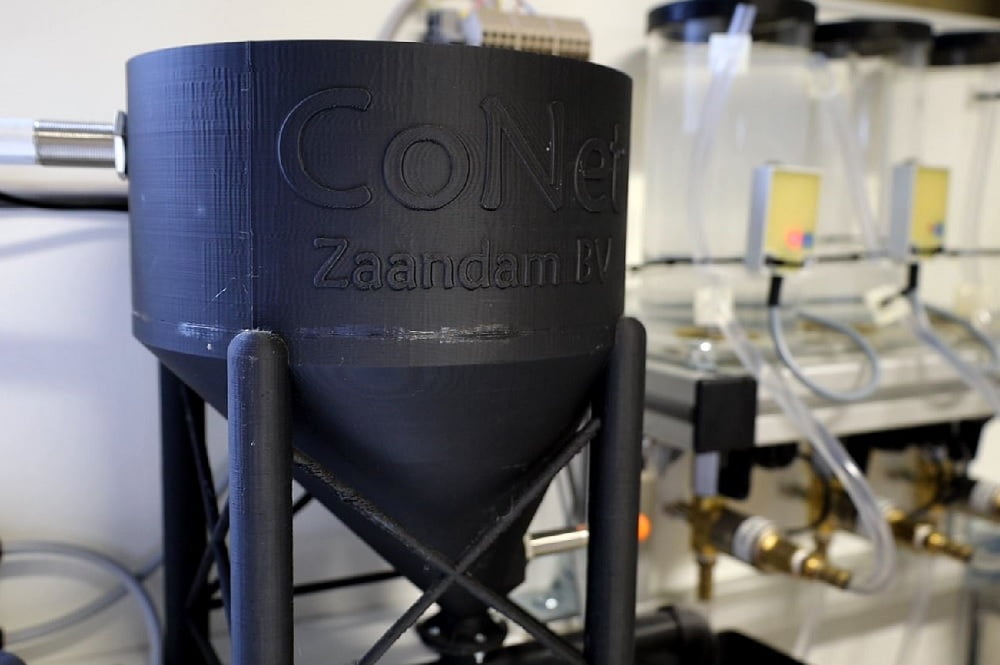
The Silent Room is where the largest amount of TIA engineering takes place. With testing kits and customer equipment lingering around, TIA Team decided that a better, more efficient way of working, needs to be implemented. Not only for testing but also for demonstration purposes. After a brainstorming session, the idea was born. Let us introduce – The TIA Smart Wall!
TIA Wall Components
TIA wall consists of several regular CPUs and one failsafe CPU, a managed switch and a regular switch, and a remote IO station. Furthermore, the remote IO station consists of analog inputs and outputs and a SIWAREX WP321 with a loadcell simulator. We connected an RTD input to a PT1000 and a 4-20 mA to a temperature transmitter.

Temperature Monitoring and Siemens Library
As a team, we wanted to monitor the temperature in the Silent Room and store that information in a MindSphere database directly from an S7-1500 CPU. After research, a standard library from Siemens that uses the MQTT (Message Queuing Telemetry Transport) protocol was found to communicate with the MindConnect IoT Extension app from MindSphere.
Moreover, within this library, a function block is available which connects to a broker. MQTT broker is a server that receives all messages from the clients and routes them to the appropriate client destination. The S7-1500 CPU is a client that can publish a topic with data towards the MindConnect IoT Extension app which acts as a broker. The LMindConn_MQTT is the function block in charge and it handles everything – publish messages towards a topic and subscribe to a topic to receive the messages. See Figure 2 – LMindConn_MQTT function block. Finally, in the backend, it is done with the standard Open User Communication blocks of an S7-1500 CPU.

MQTT Datastring
Siemens manuals tend to explain everything beautifully, however, with the exception of how to actually connect to a broker and how to handle potential faults. Therefore, after some digging through the code and half a night of debugging we finally made it work! The connection started to work, the topic was published, and the values were updated.
The connection can be non-encrypted and encrypted; for the Silent Room temperature logging, an encrypted connection is used. The two temperature values are sent to the broker every 5 seconds which is done by sending a WSTRING with the right MQTT specification. That specific string is created by a function called the MindSphereDataStringCollector and looks like Figure 3 – MQTT data string.

The MQTT Datastring, created by the MindSphereDataStringCollector function, can consist of 50 data points, and the string can be configured in a separate DB that is connected to the function.

With the datapoint configuration in place, we only have cyclically to call the DataStringCollector, but only when we have a connection with MindSphere, to ensure we update the temperature values. Figure 5 – Call of the MindSphereDataStringCollector shows the call of the function.

TIA CoNet Library Demo
Finally, with the connection in place and a periodic message send time of 5 seconds we get great insights about the temperature in the Silent Room.

In the future, we would like to add all the data from the TIA CoNet Library Demo project to MindSphere to have a general use-case to present. See Figure 7 – TIA CoNet Library Demo WinCC Screen for an indication.





